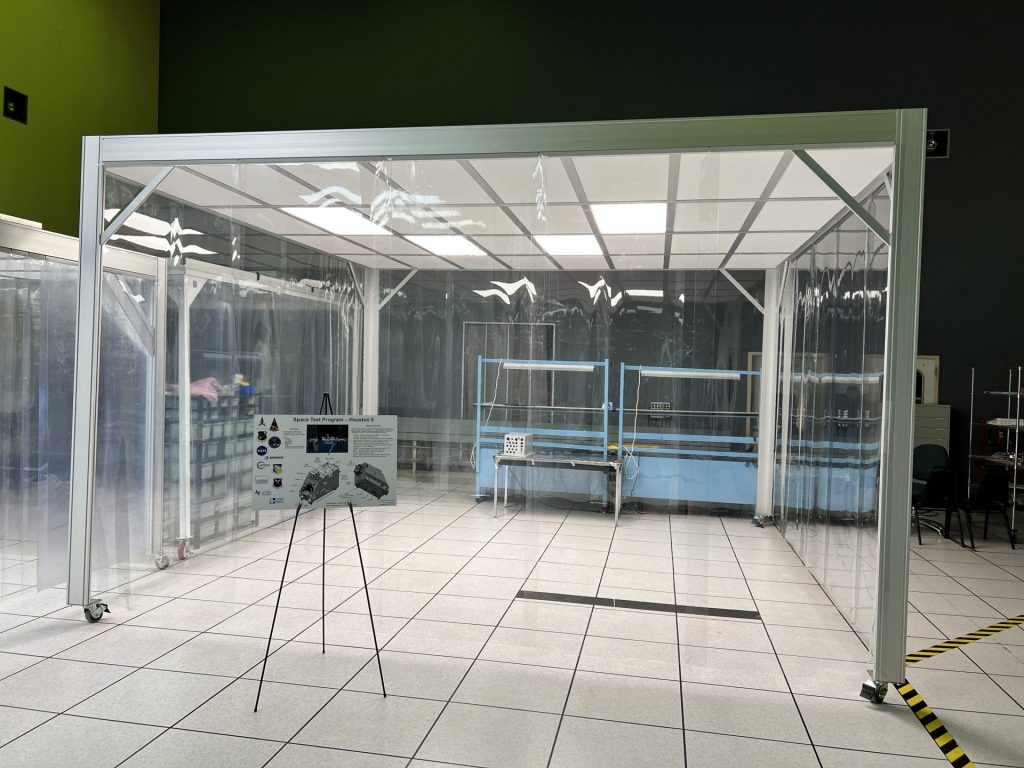Static control in packaging has been around for centuries. In its earliest years, it was used to prevent the electrostatic discharge (ESD) ignition of gunpowder stores. Today, there are many kinds of devices, parts, and pieces manufactured in cleanrooms that are vulnerable to ESD. Since basic motion and activity can create a static charge, it’s important that these items are packaged in ESD protective materials. Here are a few options.
Conductive Totes
Conductive plastic is achieved through the compounding of carbon particle material into plastic resin. This permanently changes the surface resistivity, transforming it from an electrical insulator to an electrical conductor.
A conductive tote prevents ESD because when grounded, it bleeds the charge off to the surface it’s in contact with. When enclosed with a cover, it becomes a Faraday cage, providing an electrically continuous conductive enclosure.
Static dissipative
This kind of resistivity can also be accomplished by compounding carbon particles into plastic resin. The rate of discharge is slower with this material, and it needs to make direct contact with the ESD-sensitive components.
Antistatic
This material prevents triboelectric charging when two dissimilar components are separated because it resists high amounts of charge accumulation. These don’t need to be grounded, but the antistatic property may not be permanent. It can depend on the relative humidity to attract moisture because an antistatic additive can evaporate.
Corrugated paper/cardboard
This is the lowest cost option. The paper or cardboard is coated with carbon black and sometimes laminated with foils or other materials to become ESD protective. The down side is that paper emits dust, fibers, and corrosive sulfur contaminates that can destroy electric components.
When you’re deciding what kind of packaging material is best for you, consider the overall time and cost of the project, whether you prefer reusable or recyclable materials, and what will best protect your components from other damage.
For cleanroom certification or validation, contact Gerbig Engineering Company. We have thirty years of experience in cleanrooms. We also manufacture AireCell cleanrooms. Contact us at 888-628-0056 or info@gerbig.com.
